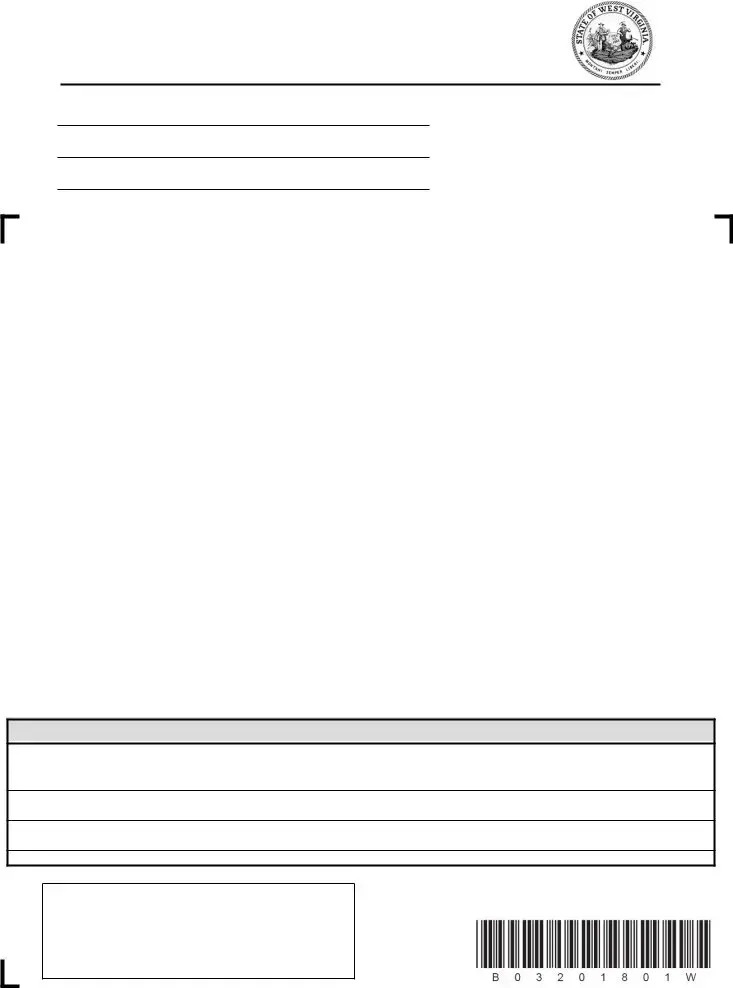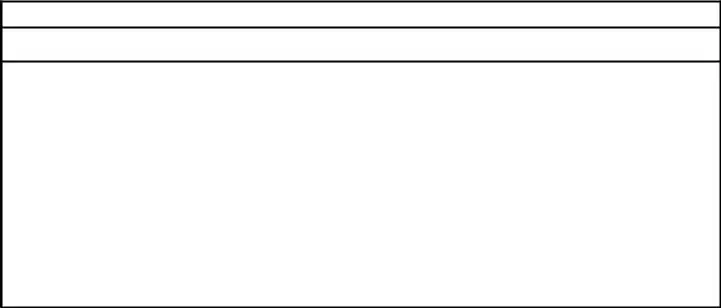The Form 941, Employer's Quarterly Federal Tax Return, is akin to the WV/IT-103 in that it is also a reconciliation document, but for federal rather than state taxes. Form 941 requires employers to report income taxes, social security tax, or Medicare tax withheld from their employees' paychecks. Additionally, it calculates the employer's portion of Social Security and Medicare tax, reflecting a similar need for periodic tax reconciliation to ensure the correct amount of taxes is collected and paid.
Form 940, Employer's Annual Federal Unemployment (FUTA) Tax Return, while focused on unemployment tax, shares common ground with the WV/IT-103 by requiring annual reporting from employers. This form is crucial for reporting the amount of unemployment taxes owed at the federal level, which is somewhat mirrored in the WV/IT-103's focus on withholding income tax obligations at the state level, showcasing the need for accurate annual tax reporting across different types of taxes.
The W-2 Form, Wage and Tax Statement, is directly related to the WV/IT-103, as it is one of the key documents summarized and reconciled through the WV/IT-103 form. Every employer must furnish their employees with a W-2 form, indicating the amount of money earned, as well as taxes withheld throughout the year. This information is then aggregated and reported on the WV/IT-103, demonstrating a crucial link in the chain of annual tax reporting and reconciliation.
Form W-3, Transmittal of Wage and Tax Statements, serves a parallel function to the WV/IT-103 by summarizing the information of individual W-2 forms and transmitting them to the Social Security Administration. Just as the WV/IT-103 accompanies the collective W-2 information for state tax purposes, Form W-3 does so on a federal level, further emphasizing the structured approach to tax documentation across various jurisdictions.
The 1099 Forms, particularly the 1099-MISC, are used to report various types of income other than wages, salaries, and tips. The relatedness to WV/IT-103 comes from the requirement that businesses report payments made to contractors or for other specific types of income, which then must be reconciled at the year's end, similar to how W-2 information is managed and reported through the WV/IT-103. Consequently, both forms play pivotal roles in the broader tax reporting and reconciliation process.
Form 945, Annual Return of Withheld Federal Income Tax, is utilized to report withheld federal income tax from nonpayroll payments, including pensions, gambling winnings, and backup withholding. Its similarity to the WV/IT-103 lies in its annual reconciliation of withheld taxes, though it focuses on a different subset of payments, underscoring the tax system's complexity and the necessity for multiple forms to cover various scenarios.
The State Unemployment Tax Act (SUTA) reporting forms, which vary by state, are also similar to WV/IT-103 in their function of reconciling taxes related to employment. While SUTA focuses on unemployment tax contributions at the state level, the principle of reporting and reconciling taxes based on payroll remains consistent, illustrating the nationwide practice of detailed employment tax tracking for governmental purposes.
The Quarterly Contribution Report and Multiple Worksite Report, often filed by employers in states to provide detailed employment and wage information for each of their operating locations, share the periodic reporting feature with the WV/IT-103. Although these reports may emphasize employment statistics more than tax amounts, the underlying goal of ensuring accurate records and payments to tax agencies is a common thread.
The Business Registration Certificate or License, required for operating legally in many states, is indirectly related to the WV/IT-103 form, as maintaining accurate tax records and filings, such as those documented on the WV/IT-103, can be crucial for retaining these certifications. Compliance with tax filing requirements reflects a business’s operational legitimacy and adherence to state laws and regulations.
Finally, the Amendment Returns for corrections of previously filed state tax documents bear similarity to the instruction on the WV/IT-103 regarding amendments for discrepancies. Should the amounts reported initially require correction, both form types provide a mechanism for businesses to rectify and submit accurate tax information, ensuring compliance with tax regulations and preventing future discrepancies in tax records.

